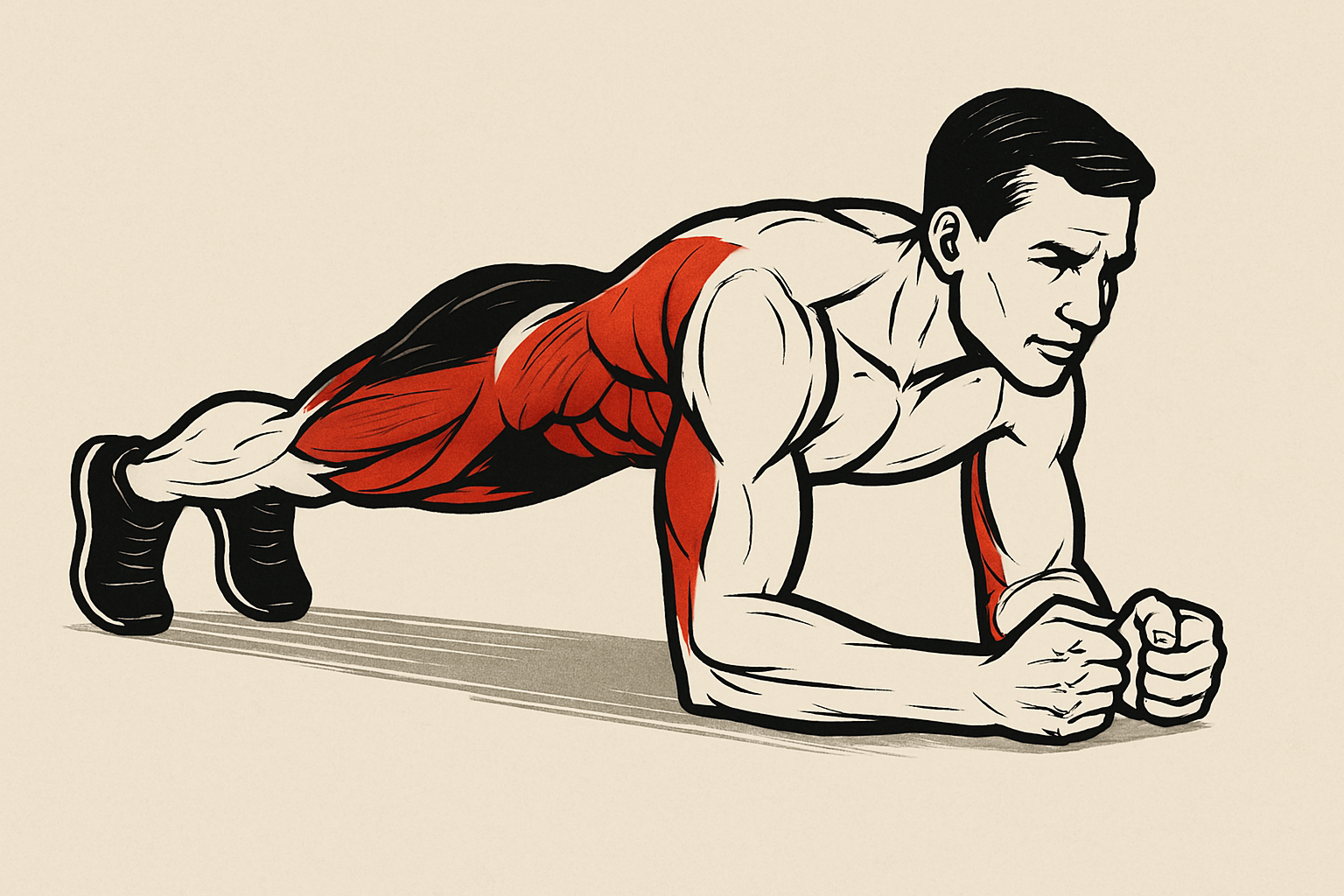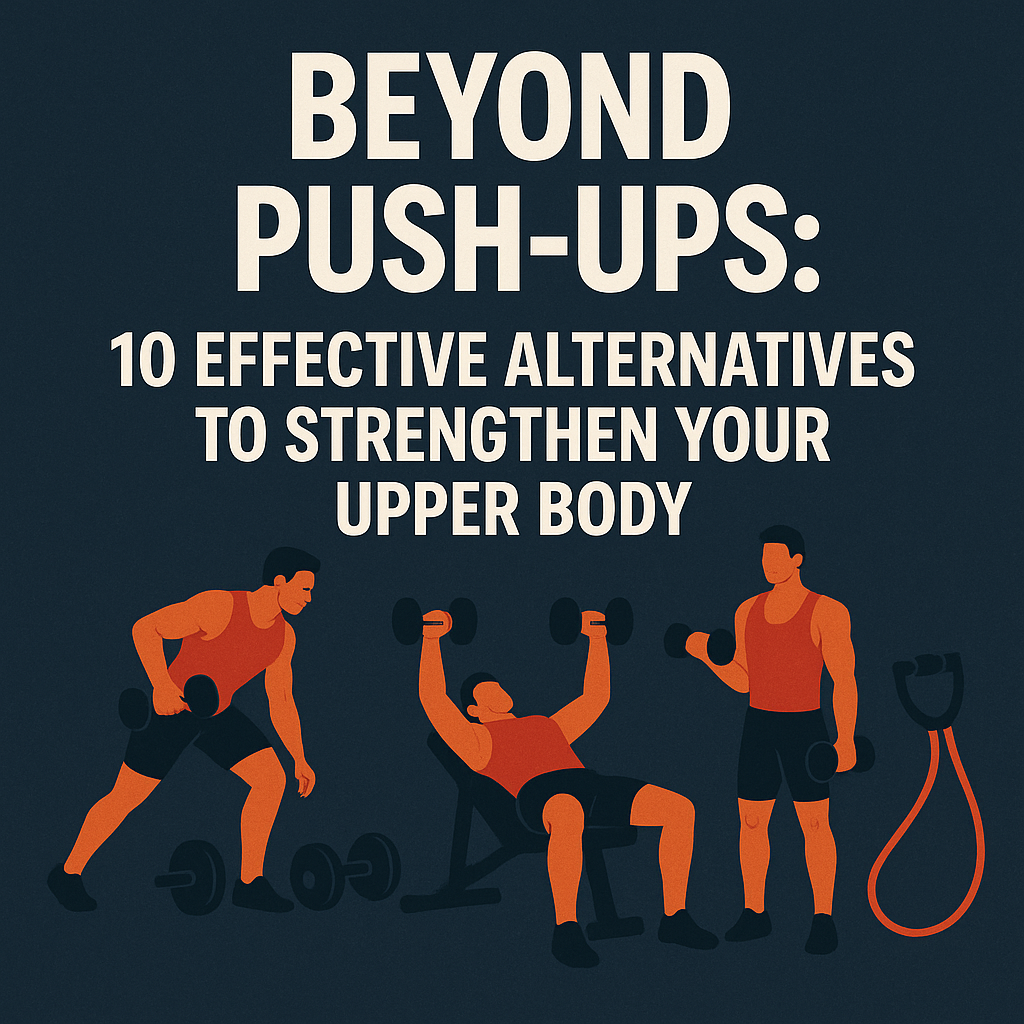Are you guilty of skipping stretching in your weight loss and fitness routine? You’re not alone. Stretching is often overlooked, but it’s a crucial component for achieving success in your fitness journey. In this article, we’ll explore the importance of stretching, its benefits for weight loss and injury prevention, and provide you with practical tips on how to incorporate stretching into your daily routine.
Why Stretching Matters
Stretching is an essential part of any fitness routine, and it’s not just for flexibility. Stretching can improve your overall health and fitness in many ways:
Injury Prevention: Stretching can help prevent injuries by improving flexibility and reducing muscle tension.
Improved Performance: Stretching can improve your athletic performance by increasing power, speed, and endurance.
Reduced Muscle Soreness: Stretching can reduce muscle soreness and improve recovery after exercise.
Improved Posture: Stretching can improve your posture by increasing flexibility and reducing muscle imbalances.
The Benefits of Stretching for Weight Loss and Injury Prevention
While stretching may not seem like an obvious choice for weight loss, it can play a crucial role in achieving your weight loss goals. Here are just a few ways that stretching can help:
Increased Flexibility: Stretching can improve your flexibility, making it easier to perform daily activities and exercise.
Improved Circulation: Stretching can improve blood flow and circulation, helping to deliver oxygen and nutrients to your muscles.
Enhanced Muscle Recovery: Stretching can aid in muscle recovery after exercise, reducing muscle soreness and improving overall performance.
In addition to its benefits for weight loss, stretching is also essential for injury prevention. By improving flexibility and reducing muscle tension, stretching can help prevent injuries and reduce the risk of chronic pain.
Incorporating Stretching into Your Daily Routine
So, how can you incorporate stretching into your daily routine? Here are a few tips:
Start Small: Begin with short stretching sessions (10-15 minutes) and gradually increase the duration as you become more comfortable.
Focus on Major Muscle Groups: Focus on stretching major muscle groups, such as your hamstrings, quadriceps, chest, back, and shoulders.
Make it a Habit: Incorporate stretching into your daily routine, such as right after waking up or before bed.
By incorporating stretching into your daily routine, you can experience numerous benefits, from improved flexibility and circulation to enhanced muscle recovery and injury prevention. In the next section, we’ll explore the benefits of stretching for weight loss in more detail.
The Benefits of Stretching for Weight Loss
When it comes to weight loss, stretching is often overlooked in favor of more intense forms of exercise. However, stretching can play a crucial role in achieving your weight loss goals. In this section, we’ll explore the benefits of stretching for weight loss and how it can help you achieve a healthier, more balanced body.
1. Improved Flexibility and Range of Motion
Stretching can improve flexibility and range of motion, making it easier to perform daily activities and exercise. When you stretch, you’re increasing the length of your muscles and tendons, which can help improve your overall mobility. This can be especially beneficial for weight loss, as it can help you move more efficiently and effectively.
Some of the benefits of improved flexibility and range of motion include:
– Easier movement and reduced stiffness
– Improved balance and coordination
– Reduced risk of injury
– Improved overall mobility and flexibility
2. Increased Blood Flow and Circulation
Stretching can also increase blood flow and circulation, helping to deliver oxygen and nutrients to your muscles. This can be especially beneficial for weight loss, as it can help improve your overall muscle function and efficiency.
Some of the benefits of increased blood flow and circulation include:
– Improved muscle function and efficiency
– Reduced muscle soreness and inflammation
– Improved overall health and wellbeing
– Increased energy and endurance
3. Enhanced Muscle Recovery
Stretching can also aid in muscle recovery after exercise, reducing muscle soreness and improving overall performance. When you stretch, you’re helping to reduce muscle tension and inflammation, which can help improve your overall muscle function and efficiency.
Some of the benefits of enhanced muscle recovery include:
– Reduced muscle soreness and inflammation
– Improved overall muscle function and efficiency
– Faster recovery times
– Improved overall performance
4. Better Posture and Reduced Muscle Imbalances
Finally, stretching can also improve posture and reduce muscle imbalances, leading to more efficient movement and reduced risk of injury. When you stretch, you’re helping to improve your overall muscle balance and alignment, which can help reduce your risk of injury and improve your overall movement efficiency.
Some of the benefits of better posture and reduced muscle imbalances include:
– Improved overall posture and alignment
– Reduced risk of injury
– More efficient movement and reduced energy expenditure
– Improved overall muscle balance and alignment
* Here’s the detailed SEO blog section:
The Importance of Stretching for Injury Prevention
Injury prevention is a crucial aspect of any fitness routine, and stretching plays a vital role in reducing the risk of injury. By incorporating stretching into your daily routine, you can improve your flexibility, reduce muscle tension, and enhance your overall athletic performance. In this section, we’ll explore the importance of stretching for injury prevention and how it can benefit your overall health and wellbeing.
1. Reduced Risk of Muscle Strains and Pulls
Muscle strains and pulls are common injuries that can occur when muscles are tight and inflexible. Stretching can help reduce the risk of muscle strains and pulls by improving flexibility and reducing muscle tension. When you stretch, you’re increasing the length of your muscles and tendons, which can help improve your overall mobility and reduce your risk of injury.
Some of the benefits of stretching for reducing muscle strains and pulls include:
– Improved flexibility and range of motion
– Reduced muscle tension and inflammation
– Improved overall muscle function and efficiency
– Reduced risk of muscle strains and pulls
2. Improved Joint Health and Reduced Risk of Joint Injuries
Joint health is essential for overall mobility and function, and stretching can play a crucial role in improving joint health. By increasing lubrication and reducing inflammation, stretching can help reduce the risk of joint injuries and improve overall joint function.
Some of the benefits of stretching for improving joint health include:
– Improved joint lubrication and reduced friction
– Reduced inflammation and improved joint function
– Improved overall joint health and mobility
– Reduced risk of joint injuries and degenerative conditions
3. Enhanced Proprioception and Reduced Risk of Falls
Proprioception is the ability to sense the position and movement of your body, and stretching can help improve proprioception. By increasing awareness of body position and movement, stretching can help reduce the risk of falls and improve overall balance and coordination.
Some of the benefits of stretching for enhancing proprioception include:
– Improved awareness of body position and movement
– Reduced risk of falls and injuries
– Improved overall balance and coordination
– Enhanced proprioception and reduced risk of falls
4. Better Overall Athletic Performance
Stretching can also improve overall athletic performance by increasing power, speed, and endurance. By improving flexibility, reducing muscle tension, and enhancing proprioception, stretching can help athletes perform at their best.
Some of the benefits of stretching for improving athletic performance include:
– Improved flexibility and range of motion
– Increased power, speed, and endurance
– Enhanced proprioception and reduced risk of injury
– Improved overall athletic performance and competitiveness
How to Incorporate Stretching into Your Daily Routine
Incorporating stretching into your daily routine can seem daunting, but with a few simple tips and tricks, you can make stretching a habit that will benefit your body and mind.
Static vs. Dynamic Stretching
When it comes to stretching, there are two main types: static and dynamic. Understanding the differences between these two types of stretching can help you create a well-rounded stretching routine.
Static Stretching: Static stretching involves holding a stretch for a period of time, usually 15-30 seconds. This type of stretching is great for improving flexibility and range of motion. Examples of static stretches include hamstring stretches, quadriceps stretches, and chest stretches.
– Dynamic Stretching: Dynamic stretching, on the other hand, involves moving your joints through a range of motion while keeping your muscles active. This type of stretching is great for improving power, speed, and agility. Examples of dynamic stretches include leg swings, arm circles, and hip rotations.
Tips for Creating a Stretching Routine
Creating a stretching routine can seem overwhelming, but with a few practical tips, you can make stretching a habit. Here are some tips to get you started:
– Set Goals: Setting goals is an essential part of creating a stretching routine. Determine what you want to achieve through stretching, whether it’s improving flexibility, reducing muscle soreness, or enhancing athletic performance.
– Track Progress: Tracking progress is crucial to staying motivated and seeing results. Take progress photos, measurements, or track your flexibility and range of motion.
– Find a Stretching Buddy: Having a stretching buddy can be a great motivator. Find a friend, family member, or personal trainer who can help you stay accountable and motivated.
– Start Small: Don’t try to do too much too soon. Start with short stretching sessions (10-15 minutes) and gradually increase the duration as you become more comfortable.
Incorporating Stretching into Your Workout Routine
Incorporating stretching into your workout routine can be easy and beneficial. Here are some tips on how to incorporate stretching into your workout routine:
– Pre-Workout Stretching: Pre-workout stretching can help improve flexibility and reduce muscle tension. Focus on dynamic stretches that mimic the movements you’ll be doing during your workout.
– Post-Workout Stretching: Post-workout stretching can help reduce muscle soreness and improve recovery. Focus on static stretches that target the muscles you used during your workout.
– Active Recovery Stretching: Active recovery stretching involves incorporating stretching into your active recovery days. This can help improve flexibility, reduce muscle soreness, and enhance overall recovery.
Conclusion
Stretching is a crucial component of any weight loss or fitness routine, and its importance cannot be overstated. By incorporating stretching into your daily routine, you can improve flexibility, reduce muscle tension, and enhance overall athletic performance. Moreover, stretching can help prevent injuries, reduce muscle soreness, and improve recovery.
As we’ve explored in this article, stretching is not just a luxury, but a necessity for anyone looking to achieve their weight loss or fitness goals. By prioritizing stretching in your daily routine, you can experience numerous benefits that will enhance your overall health and wellbeing.
So, what are you waiting for? Start stretching today and make it a part of your daily routine. Whether you’re a beginner or an experienced athlete, stretching can help you achieve your goals and improve your overall health.
– Download our free stretching guide, which includes a comprehensive stretching routine and tips for incorporating stretching into your daily routine.
Remember, stretching is a journey, and every small step counts. By incorporating stretching into your daily routine, you can experience numerous benefits that will enhance your overall health and wellbeing. So, start stretching today and make it a habit that will last a lifetime!




